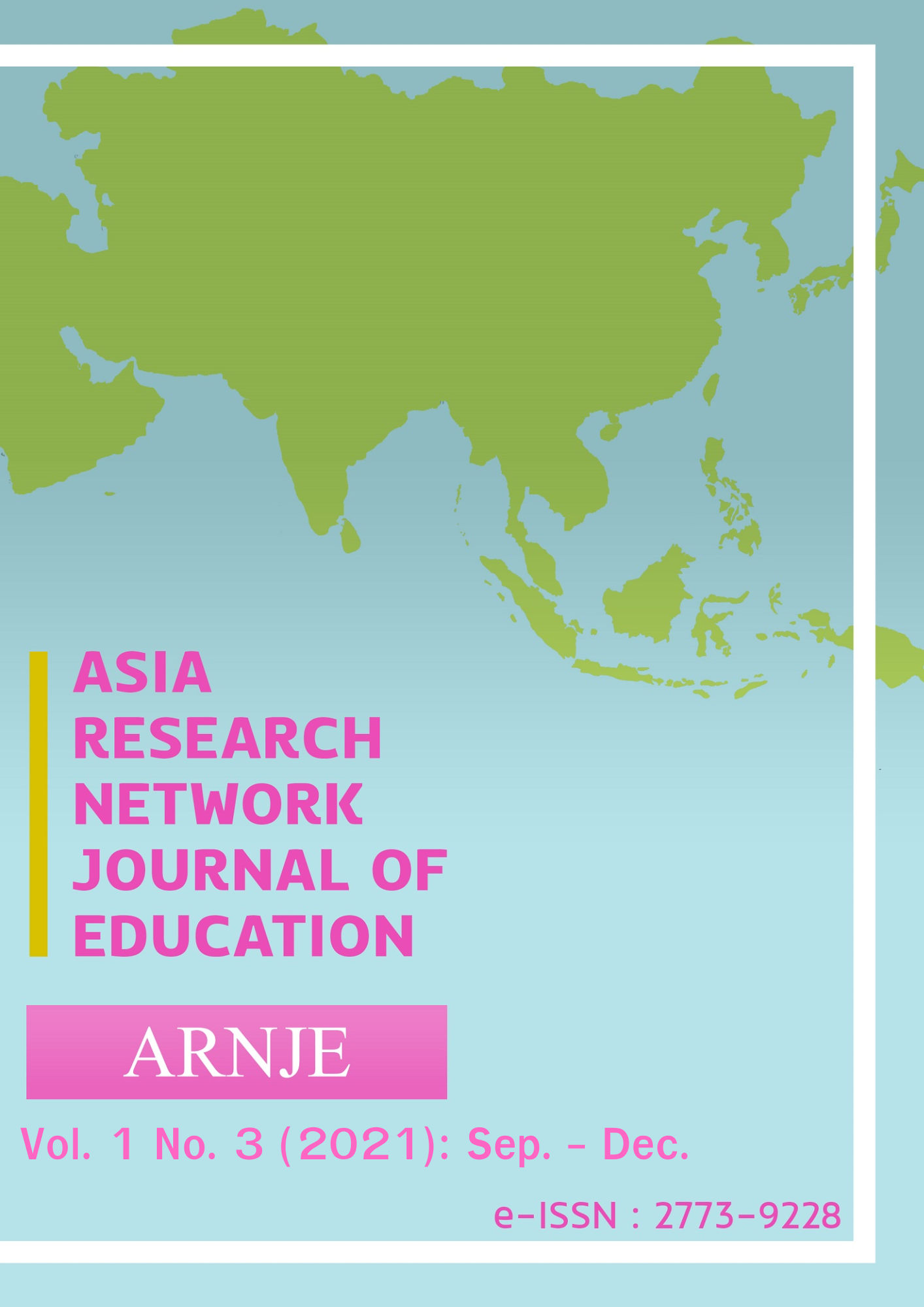Development of Problem-Solving Approach Lesson Plans in Geometry
Main Article Content
Abstract
This article is the first of the two-part study of development and implementation of a problem-solving approach lesson plans in Geometry. In this article, the development and evaluation of two lessons utilizing problem approach each on Ratio and Proportion and the Proportional Segments and Basic Proportionality Theorem for Grade 9 is described. Starting from the mapping of competencies, the development of problems, anticipation student solutions and class discussions are detailed. The developed lessons are evaluated by four mathematics experts who are trained in teaching mathematics through problem solving and fourteen pre-service mathematics teachers using a scoring rubric. The scoring rubric emphasized both the technical aspects of the lesson plan and the instructional procedure that followed the problem-solving approach patterned from the teaching mathematics through problem-approach (TMPS). Several revisions were noted to improve the utility of the approach such as that of presenting the problem, multiple anticipated solutions, development of concept through discourse, and generalization. The evaluated lessons are noted to be ready for classroom implementation.
Article Details
Copyright: CC BY-NC-ND 4.0
References
Ali, R., Hukamdad, Akhter, A. & Khan, A. (2010). Effect of using problem solving method in teaching mathematics on the achievement of mathematics students. Asian Social Science, 6(2), 67-72. doi: 10.5539/ass.v6n2p67
Bada, S. O., & Olusegun, S. (2015). Constructivism learning theory: A paradigm for teaching and learning. Journal of Research & Method in Education, 5(6), 66-70.
Buan, A. T., Medina, J. B., & Liwanag, G. P. (2021, March). Capacity Building in Teaching Mathematics through Problem Solving. In Journal of Physics: Conference Series (Vol. 1835, No. 1, p. 012090). IOP Publishing.
Cai, J. (2003). What research tells us about teaching mathematics through problem solving. Research and issues in teaching mathematics through problem solving, 241-254. http://howtosolveit.pbworks.com/w/file/fetch/90466091/teaching%2Bmath%2Bthrough%2Bproblem%2Bsolving.pdf
Cai, J., & Lester, F. (2014). Why Is Teaching With Problem Solving Important to Student Learning? (J. Quander, Ed.). National Council of Teachers of Mathematics. Retrieved from http://www.nctm.org/uploadedFiles/Research_News_andAdvocacy/Research/Clips_and_Briefs/Research_brief_14_-Problem_Solving.pdf
Degner, K. & Fi, C., & (2012). Teaching through Problem Solving. MATHEMATICS TEACHER,105(6), 455-459. Retrieved November 20, 2014, from http://edcg669-f12-gilbert.wikispaces.umb.edu/file/view/8.4 Teaching through ProblemSolving.pdf
Donaldson, S. E. (2011). Teaching through problem solving: Practices of four high school mathematics teachers. (Doctoral dissertation). Available from: https://getd.libs.uga.edu/pdfs/donaldson_sarah_e_201105_phd.pdf
SEI-DOST & MATHTED, (2011). Mathematics framework for Philippine basic education. Manila: SEI-DOST & MATHTED. https://www.sei.dost.gov.ph/images/downloads/publ/sei_mathbasic.pdf
Lester Jr, F. K. (2013). Thoughts about research on mathematical problem-solving instruction. The mathematics enthusiast, 10(1), 245-278.
Matheson, D. (2012). Teaching through problem solving: bridging the gap between vision and practice (Doctoral dissertation, Education: Faculty of Education). http://www.peterliljedahl.com/wp-content/uploads/Thesis-Danica-Matheson.pdf
Medina, J. B., Buan, A. T., Mendoza, J. V. D., & Liwanag, G. P. (2019, October). Development of Mathematics Collaborative Problem-Solving Skills Scale. In Journal of Physics: Conference Series (Vol. 1340, No. 1, p. 012058). IOP Publishing.
Nneji, S. (2013). Effect of Polya George’s Problem Solving Model on Students’ Achievement and Retention in Algebra. Journal of Educational and Social Research,3(6), 41-48.
Perveen, K. (2010). Effect Of The Problem-Solving Approach On Academic Achievement Of Students In Mathematics At The Secondary Level. Contemporary Issues In Education Research, 3(3), 9-14.
Selmer, S., & Kale, U. (2013). Teaching mathematics through problem solving. Innovación Educativa, 13(62), 45-60.
Takahashi, A. (2021). Teaching Mathematics Through Problem-solving: A Pedagogical Approach from Japan. Routledge.
Ulep, S. A. (2010). Teaching Through Problem Solving: Assessing Students’ mathematical Thinking. Paper delivered at the APEC-Chiang Mai International Symposium.
Vygotsky, L. S. (1978). Mind in Society: The Development of Higher Psychological Processes. Human Development. Cole, John-Steiner, Scribner & Souberman, (Eds.) Harvard University Press. https://doi.org/10.1007/978-3-540-92784-6


